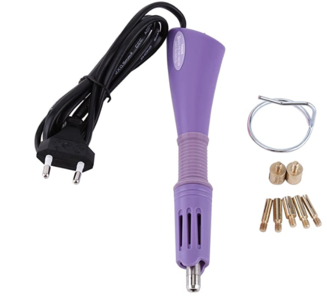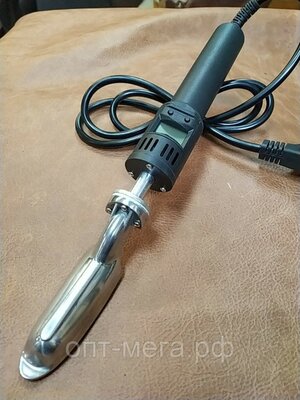- Joined
- Jul 27, 2021
- Messages
- 211
- Points
- 253

To build complex things like the Polotsk is not possible at the moment, there is just not enough time. But I needed something between my fingers, a small project which is feasible while our little daughter is still ... very small.
Generally I like small boats very much and therefore I decided for a Russian "Four-oared Yawl" in scale 1:24 from Falkonet.
In itself a nice kit with a but unfortunately partly widespread problem. It is lasered idealized, i.e. it is not taken into account that 2 x 0.05 mm laser burn marks are removed from each plank, I like to do this very thoroughly, which then unfortunately accumulates to over 1.0 mm. Annoying if you then have to widen one or more planks. But I think the fewest will notice. At the stern, I can say right away I should have let the widening be, but even that I get probably "workarounded" :-D
The frames I have made from 1.0 x 1.0 mm sawn pear strips, I did not wanted to clean and glue the provided 2 x 0.5 mm lasered strips
History reference
In the 19th century, the English shipbuilder Veniamin Fomich Stoke built more than 600 ships of various ranks in the service of the Russian Empire, including the famous frigate Pallada. The archives contain many drawings of boats of his authorship, among which the yawls deserve special attention, as the most massive and simple of all types of small vessels. Usually they had clinker sheathing, one mast and 2 to 8 oars. Most of the ships of that time were armed with yalami in order to perform tasks of a different spectrum: reconnaissance, supply and transportation of the crew. They found no less widespread use as a pleasure craft or port boat.
Our yawl was reconstructed according to an archival drawing from the funds of the RGAVMF, its forms are closest to modern models, but at the same time, it has a characteristic feature - these are teardrop-shaped contours that add beauty to its outlines. This prefabricated model is an excellent tutorial for beginner modellers on the device and the general appearance of the boat.















cheers
Dirk
Generally I like small boats very much and therefore I decided for a Russian "Four-oared Yawl" in scale 1:24 from Falkonet.
In itself a nice kit with a but unfortunately partly widespread problem. It is lasered idealized, i.e. it is not taken into account that 2 x 0.05 mm laser burn marks are removed from each plank, I like to do this very thoroughly, which then unfortunately accumulates to over 1.0 mm. Annoying if you then have to widen one or more planks. But I think the fewest will notice. At the stern, I can say right away I should have let the widening be, but even that I get probably "workarounded" :-D
The frames I have made from 1.0 x 1.0 mm sawn pear strips, I did not wanted to clean and glue the provided 2 x 0.5 mm lasered strips
History reference
In the 19th century, the English shipbuilder Veniamin Fomich Stoke built more than 600 ships of various ranks in the service of the Russian Empire, including the famous frigate Pallada. The archives contain many drawings of boats of his authorship, among which the yawls deserve special attention, as the most massive and simple of all types of small vessels. Usually they had clinker sheathing, one mast and 2 to 8 oars. Most of the ships of that time were armed with yalami in order to perform tasks of a different spectrum: reconnaissance, supply and transportation of the crew. They found no less widespread use as a pleasure craft or port boat.
Our yawl was reconstructed according to an archival drawing from the funds of the RGAVMF, its forms are closest to modern models, but at the same time, it has a characteristic feature - these are teardrop-shaped contours that add beauty to its outlines. This prefabricated model is an excellent tutorial for beginner modellers on the device and the general appearance of the boat.















cheers
Dirk
























